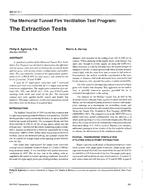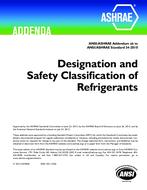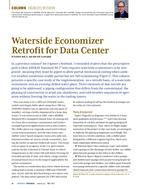Among the most accurate methods for estimating energy savings realized from a conservation measure is the use of a DOE-2 (or equivalent) simulation that is calibrated to hourly end-use load data. Several alternative approaches are available for estimating savings with calibrated simulations. Their application varies with factors such as the objective of the analysis, complexity of the energy systems and measures encountered, the amount of available end-use consumption data, construction type (new or retrofit), and available resources. This paper discusses three of these methods.
- The test/reference method is most commonly used for new construction. It requires the use of paired buildings, a test building that contains the conservation measures, and a reference building that does not.
- The before/after method is relevant only to retrofit construction. It requires only a test building that serves as its own reference. Separate pre-period and post-period models are prepared to reflect conditions before and after the conservation measures were installed.
- The measure removal method is useful for both new and retrofit construction. It involves a series of sensitivity runs with a post-period simulation to remove the effect of the installed measures.
All of the methods compute savings by subtracting as-built (post-conditions) consumption from baseline (pre-conditions) consumption after corrections are made for variations in weather, occupant behavior, and other conditions between the pre- and post-periods that are unrelated to the installed measure. The most critical part of all approaches is the selection of the most appropriate baseline conditions, since it can have major implications on the energy savings that are realized.
This paper discusses the advantages and disadvantages of three alternative approaches to savings estimation, their proper application, and actual field experience with them in commercial and multifamily settings. This paper discusses the value of hourly end-use load data and calibrated simulations to each approach and the implications of baseline selection on the resulting savings estimates. This paper also includes a discussion of the importance of corrections for pre/post changes that are unrelated to the measures and the advantages that calibrated simulations bring to making these corrections.
Units: Dual
Citation: Symposium, ASHRAE Transactions, 1998, Vol. 104, Part 2, Toronto, ON
Product Details
- Published:
- 1998
- Number of Pages:
- 9
- File Size:
- 1 file , 99 KB
- Product Code(s):
- D-7727


